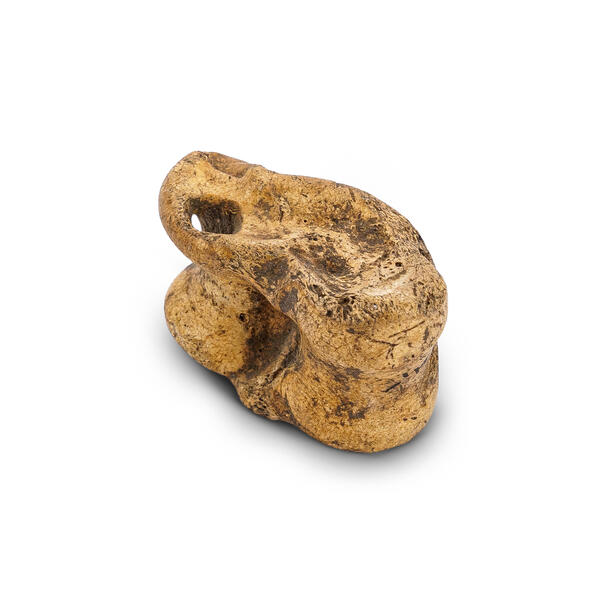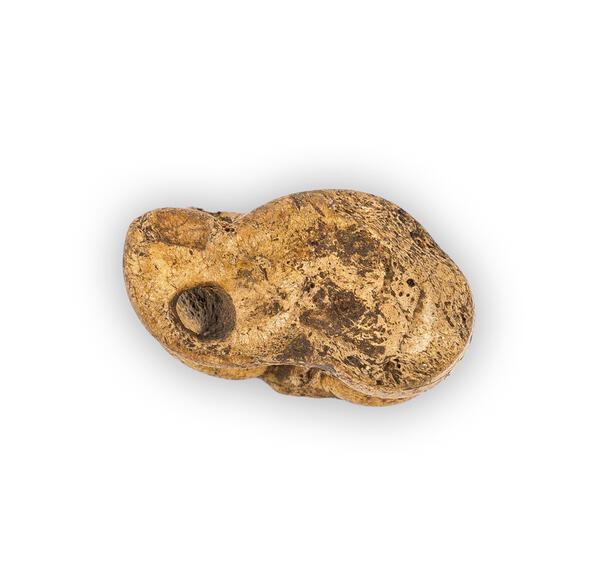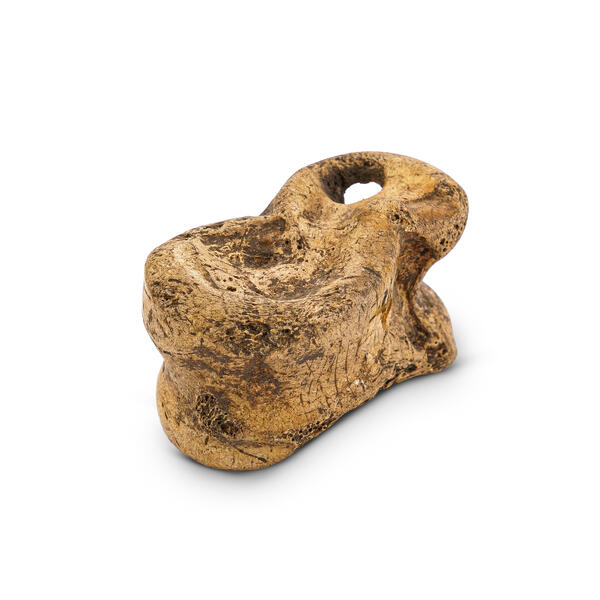The second most common group of archaeological finds after ceramics includes various bone remains. These can be both fragments and bone products that were utilized by humans in daily life.
Talus bones, or astragalus, belonging to small and large domestic animals, as well as wild ungulates such as roe deer and moose, are frequently discovered during archaeological excavations.
Scientists unearthed them at Neolithic sites, and their frequency increased at sites attributed to the Bronze Age. This is likely due to the development of cattle farming. Talus bones have been found in nearly all archaeological cultures from the Iron Age through classical antiquity to the Middle Ages.
The astragalus is a bone with a distinctive shape. Depending on the species of animal, it varies in size. The talus bone has four distinct sides, each with a unique shape. These shapes have a certain value when using the bones for games, with two convex sides being more valuable than two concave sides, and each pair having different “ranked” values. The game of dice that uses cubes with dots is an improved version of the original game astragaloi that used bones. Both games coexisted for a long period of time.
The Slavic people, like other cultures, decorated bones with notches or attached metal parts to them. These modifications likely added individuality to personal items and aimed to increase the chances of success in a throw.
The astragalus from the museum’s collection was found at the monument of the Don Slavs dating back to the 9th or 10th century. It was excavated from the ground in the Titchikha settlement in the Liskinsky District of the Voronezh Oblast between 1954 and 1962.
The bone has holes, indicating that it may have been used as an element of a necklace or amulet. According to researchers, there was a direct connection between games and fortune-telling in the thinking of ancient peoples, with the casting of dies representing the will of the gods rather than a matter of chance. This may explain why the astragalus also served as an amulet.





